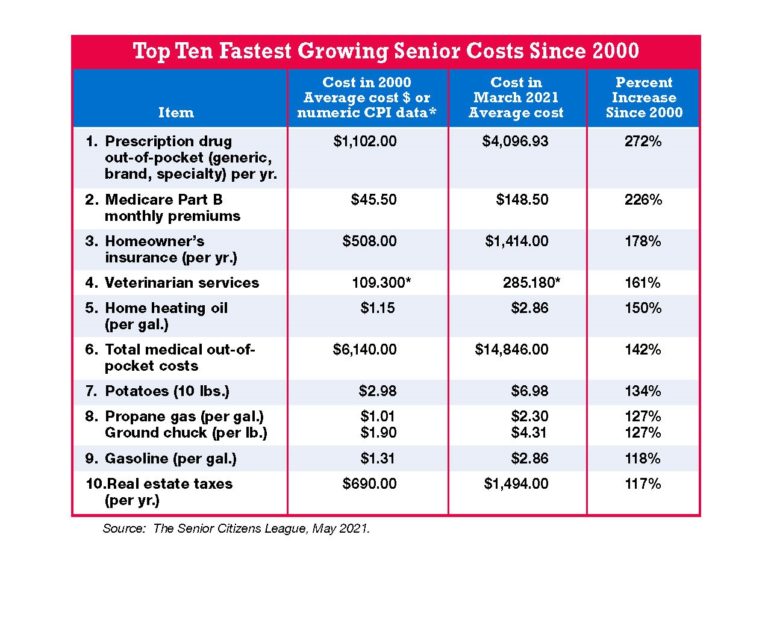Some history:
https://www.sec.gov/Archives/edgar/data/0000872323/000104746903024284/a2112100z497.txt497
1a2
112
100z497.txt
497
SUPPLEMENT DATED JULY
16, 2003
TO PROSPECTUS OF THE OAKMARK FAMILY OF FUNDS DATED JANUARY 29, 2003
THE OAKMARK SMALL CAP FUND - NEW CO-MANAGER
Edward A. Studzinski, C.F.A., has become co-manager of The Oakmark Small Cap
Fund with James P. Benson. Mr. Studzinski has replaced Clyde S. McGregor. Mr.
McGregor continues to manage The Oakmark Equity and Income Fund with Mr.
Studzinski. Mr. Studzinski joined the Adviser as an analyst in
1995. Previously,
Mr. Studzinski was Vice President and Investment Officer at Mercantile National
Bank of Indiana. He holds an M.B.A. in Marketing and Finance from Northwestern
University (
1985), a J.D. from Duke University (
1974), and an A.B. in History
from Boston College (
197
1).
THE OAKMARK FAMILY OF FUNDS - NEW ADDRESS
Effective June
1, 2003, the address for The Oakmark Family of Funds has changed
to:
FOR MAIL: FOR EXPRESS DELIVERY OR COURIER:
The Oakmark Funds The Oakmark Funds
P.O. Box 2
19558 330 West 9th Street
Kansas City, MO 64
12
1-9558 Kansas City, MO 64
105-
15
14
SUPPJULY03
======================================================
Here is when the fund was liquidated:
https://www.sec.gov/Archives/edgar/data/0000872323/000104746904025313/a2141447z497.txt497
1a2
14
1447z497.txt
497
HARRIS ASSOCIATES INVESTMENT TRUST
Supplement dated August 4, 2004
to the Prospectus of The Oakmark Family of Funds dated January 3
1, 2004
LIQUIDATION OF THE OAKMARK SMALL CAP FUND
On August 4, 2004, the board of trustees of Harris Associates Investment
Trust, upon the recommendation of Harris Associates L.P. (the "Adviser"),
approved a plan to liquidate and terminate The Oakmark Small Cap Fund (the
"Fund"). The liquidation is expected to occur on or about September 28, 2004
(the "Liquidation Date").
As of August 4, 2004, a substantial majority of the Fund's total assets
consisted of cash or cash equivalents, and the balance of the portfolio is
expected to be in cash or cash equivalents before the Liquidation Date. During
this liquidation period, the Adviser has agreed to waive its management fees
payable by the Fund.
The Fund has not accepted any purchases of Fund shares since August 2nd and
will not accept any purchases of Fund shares through the Liquidation Date.
However, at any time prior to the Liquidation Date, you may redeem shares of the
Fund pursuant to the procedures set forth in the prospectus. Beginning August 5,
2004, the Fund will waive the 2% redemption fee on shares held for 90 days or
less.
You may also exchange your shares of the Fund for shares of any other fund
in The Oakmark Family of Funds. No redemption fee will be imposed on such an
exchange transaction.
Shareholders of taxable accounts in the Fund who do not exchange or redeem
their shares prior to the Liquidation Date will have the proceeds of their
account sent to them when the liquidation occurs. The proceeds will be the net
asset value of such shares in the shareholder's account after provision for
charges, taxes, expenses and liabilities.
Absent an instruction to the contrary received by the Oakmark Funds
prior to the Liquidation Date, shares held in an individual retirement
account ("IRA"), SIMPLE IRA, or Coverdell Education Savings Account or in
custodial accounts under a SEP or SARSEP, or in certain other retirement plan
accounts will be exchanged on the Liquidation Date for Oakmark Units of the
Government Portfolio, a money market fund.
HASSUP 804


